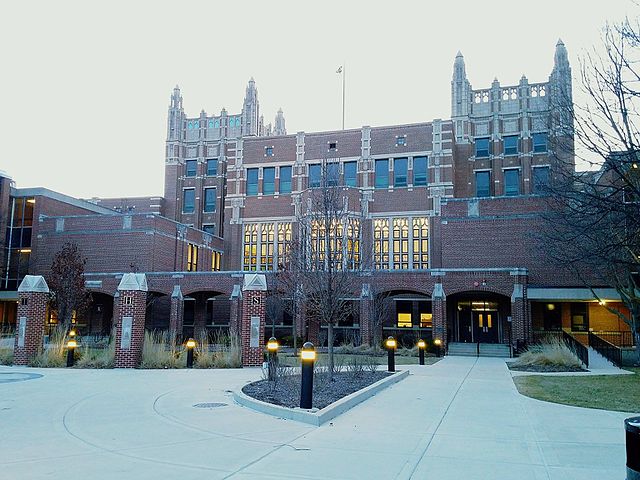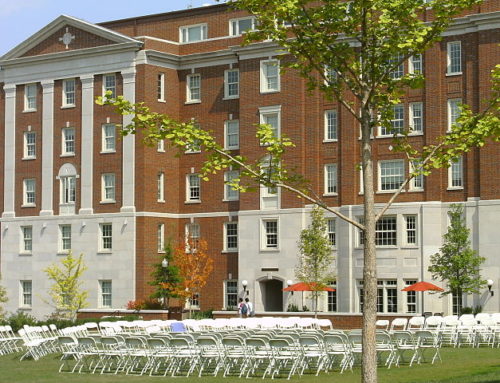School District Offers Classes Separated by Race
by Sara Randazzo and Douglas Belkin
A November 26 Wall Street Journal article highlighted a very troubling development. The Evanston, Illinois School District, in an attempt to battle a sizable academic achievement gap between Black, Latino and White students, established classrooms “voluntarily separated by race.”
This is concerning to me for the following reasons:
- Leaders in Evanston’s high-school district, board members and teachers declined or ignored repeated requests to comment on the courses over several months. When a Wall Street Journal reporter arrived at a public meeting for parents of Black students, a district spokeswoman said she would cancel the meeting if the reporter didn’t leave. In brief, the decision-makers were unwilling the face public scrutiny.
- Creating separate classes for Blacks and Hispanics undermines the fundamental premise of the Brown vs. Board of Education Decision that found segregation is inherently unequal and provides a lifelong stigma.
- Small academic improvement undermines the benefits of our often-stated goal of the “melting pot.” Given the demographic diversity in America, could we end up with separate classes for Asians, members of the gay community, different religious denominations, etc.?
Nearly 200 Black and Latino students at Evanston Township High School signed up this year for math classes and a writing seminar intended for students of the same race, taught by a teacher of color. These optional so-called affinity classes are designed to address the achievement gap by making students feel more comfortable in class, district leaders have said, particularly in Advanced Placement courses that historically have enrolled few Black and Latino students. School districts across the country have sometimes struggled to find ways to boost the performance of Black and Latino students, who, nationwide, tend to enroll in fewer advanced classes and score lower on standardized tests than white students.
School districts in Minneapolis, Seattle, San Francisco and Oakland, Calif., offer optional, race-specific elective courses. Federal antidiscrimination laws prevent public schools from mandatorily separating students by race, but education lawyers say optional courses can comply with the law. Hopefully, the Supreme Court will test the legality of these race-specific elective courses.
“A lot of times within our education system, Black students are expected to conform to a white standard,” said Dena Luna, who leads Black student-achievement initiatives in Minneapolis Public Schools. “In our spaces, you don’t have to shed one ounce of yourself because everything about our space is rooted in Blackness,” Luna said.
I disagree with Luna for several reasons:
- Over a lifetime we need to collaborate with people of diverse ethnic and racial backgrounds, and
- While certain subjects can have bias built into the curriculum, courses such as math should be subject to rational objectivity.
There is some statistical evidence to support the success of these race-based initiatives. An internal study showed improved attendance for Black Boys in the program in 2017 and average GPAs of 2.27, compared with 2.14 for Black males districtwide. A 2019 study on the original program for Black boys offered by the Oakland Unified School District found that students who took the affinity class were slightly less likely to drop out of school. The district also offers elective and advisory classes designated for Latino, Asian Pacific Islander and Arab students, said Jerome Gourdine, director of targeted strategies for the district’s office of equity.
In conclusion, I agree with Max Eden. Eden, an education researcher at the conservative-leaning American Enterprise said that he believes affinity classes undermine the goal of the Civil Rights Act. He said, “Integration is a positive social good.”




